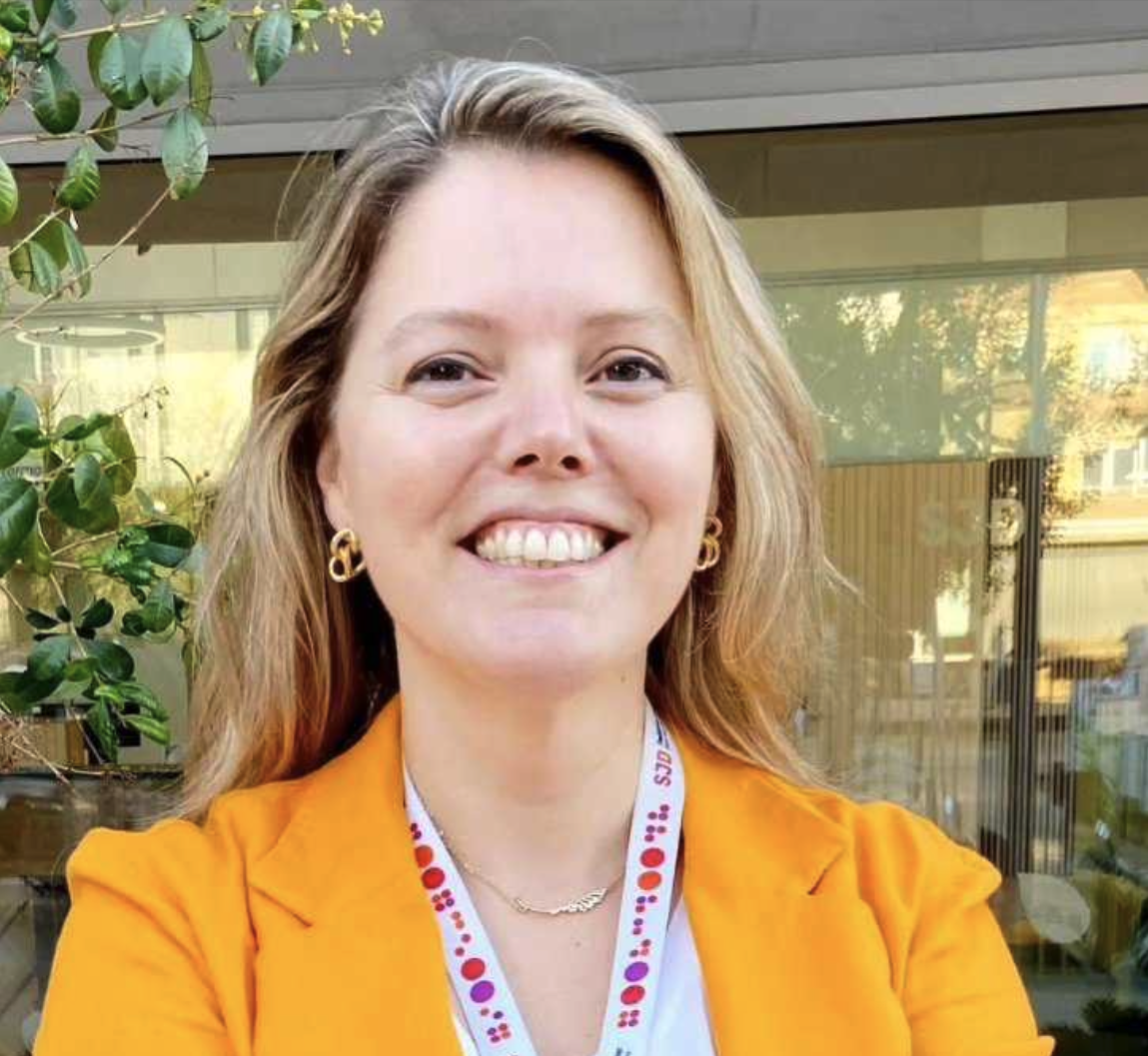Biomarker M371 TEST-Pediatric GCT
OBJECTIVE
To improve the diagnosis, treatment and monitoring of patients with childhood germ cell tumors.
RELEVANCE
Tumor biomarkers aim to provide valuable information for the diagnosis, treatment and monitoring of cancer patients, contributing to more personalized and effective care. In the case of children, its importance is often amplified due to differences in the clinical presentation of tumors and the need for accurate diagnosis and treatment in a vulnerable group.
STATUS AND SCOPE
ACTIVE.
The program is developed at the Sant Joan de Déu hospital.
PROJECT START: 2022
BUDGET
50.000€
Dr Maite Gorostegui Obanos, Associate Physician - Pediatric Cancer Center Barcelona - Extracranial Solid Tumor Unit
"Knowing that malignant germ cell tumors overexpress a specific type of tiny sequences of genetic material (a type of miRNA) and that we can detect it at different stages of the disease has revolutionized our field. It opens the door to the incorporation of "liquid biopsy" of these tumors and the possibility of better individualizing the treatment of our patients."
ANITA ASSOCIATION INITIATES RESEARCH ON BIOMARKER M371 TEST- PEDIATRIC GCT
The initiative of Asociación Anita in 2014 to create a research and collaboration project between Fundació de Recerca Sant Joan de Déu, Barcelona and Amatruda Lab, has allowed us today to launch for the first time, a new research whose objective is to improve the diagnosis and monitoring of patients with childhood germ cell tumors.
The new research focuses on the use of a biomarker microRNA-371a-3p, used in adults with very good results.
This new project is open to all Spanish pediatric oncology centers, through the Spanish Society of Pediatric Oncology (SEHOP), which allows the inclusion of all children and teenagers diagnosed with malignant germ cell tumors in Spain.
The Asociación Anita is responsible for financing this project as well as for sending the KIT of samples to the state hospitals and the return to the Molecular Oncology Laboratory of the Fundació de Recerca Sant Joan de Déu in Barcelona where it is being carried out.
It is very important for us to break this new ground in order to continue our commitment to find a cure for childhood germ cell tumors that do not respond to existing treatment and to reduce the toxicity involved in the numerous diagnostic tests that these young patients must undergo.
The current study seeks to compare the performance of miRNA 371a-3p with the classical markers, AFP/BHCG, at different phases of treatment.
In addition to the expected higher sensitivity and specificity in relation to these classical markers, the determination of plasma and/or CSF overexpression of this marker could help us in those cases with negative markers and difficult to access diagnosis.
Additionally, it could also play a role in risk assignment and future disease follow-up, perhaps even implying a decrease in frequent imaging tests.








